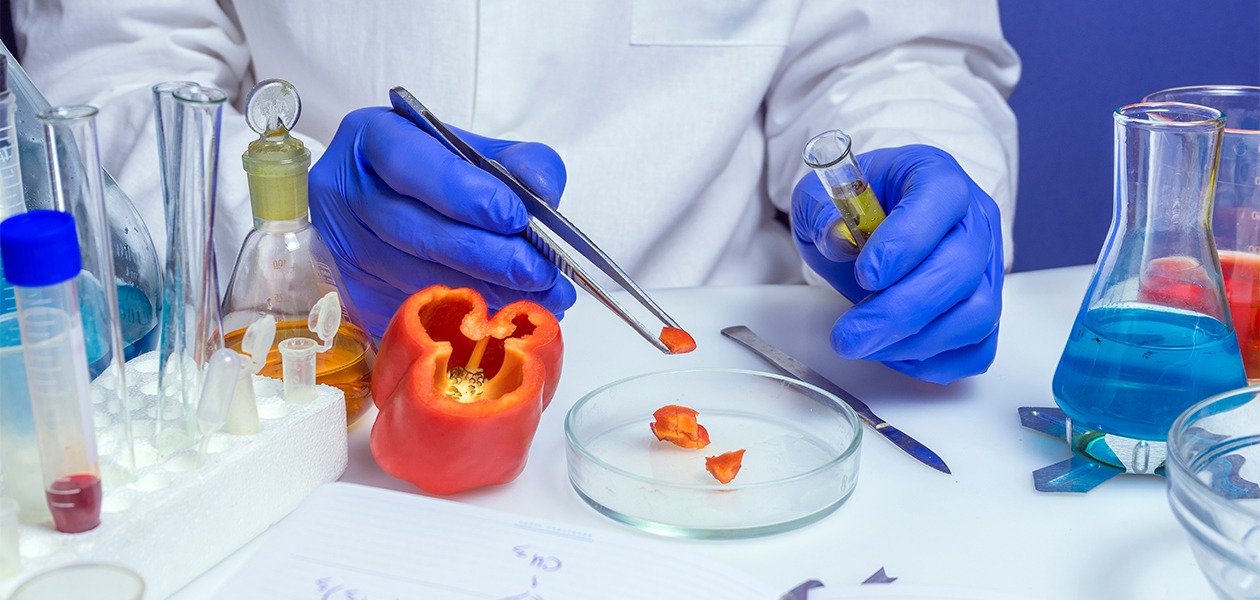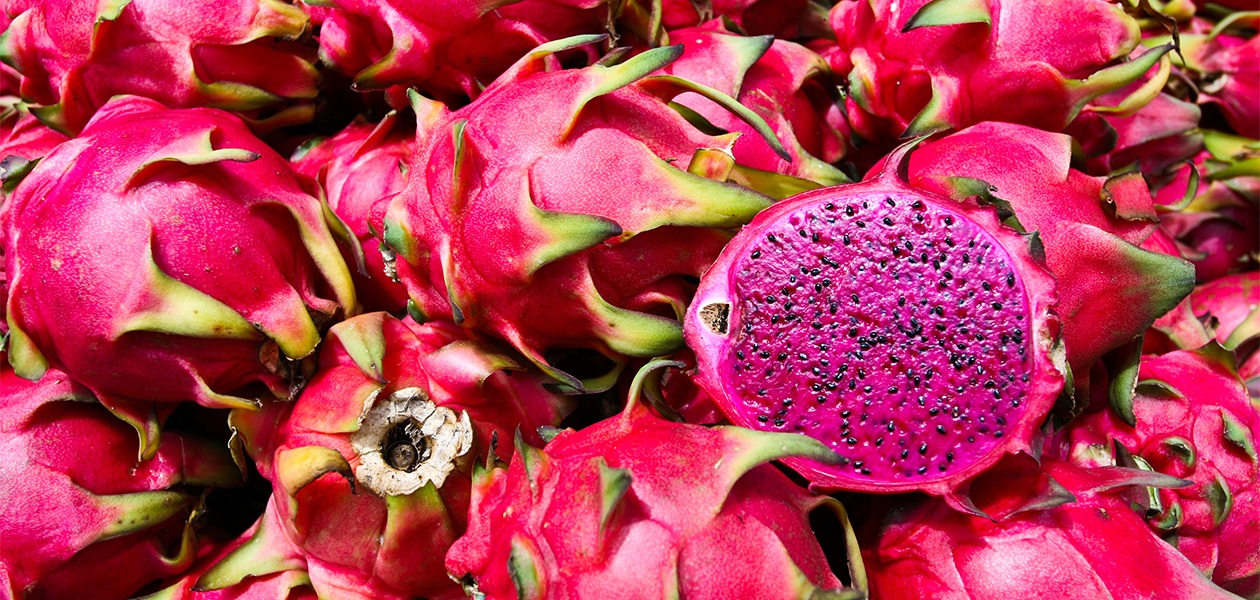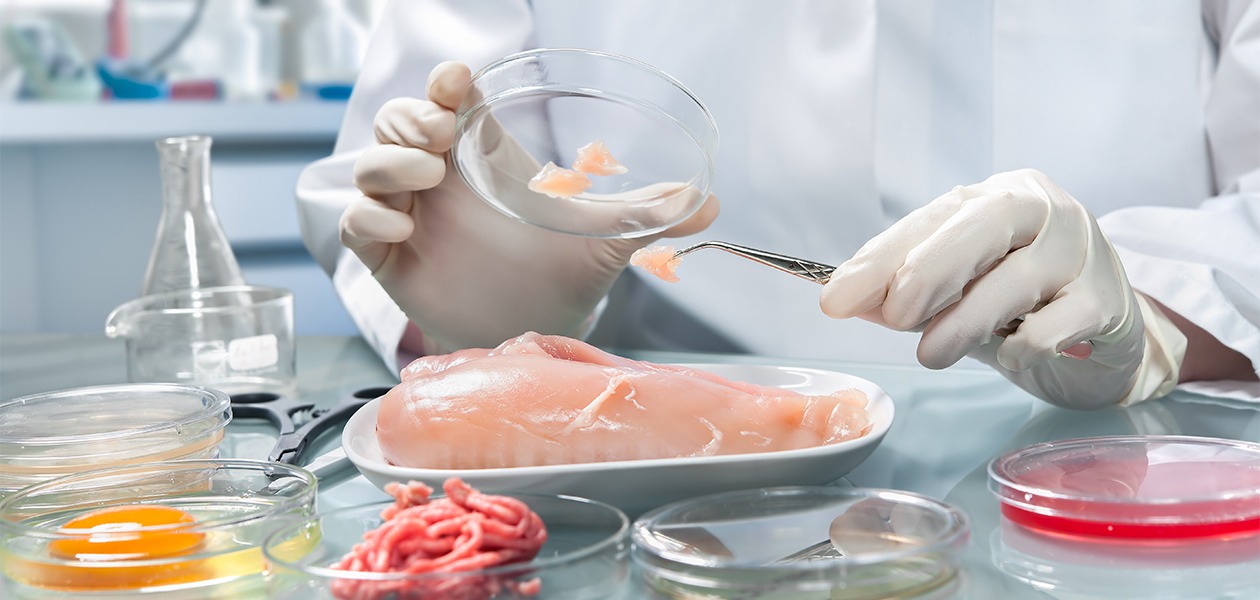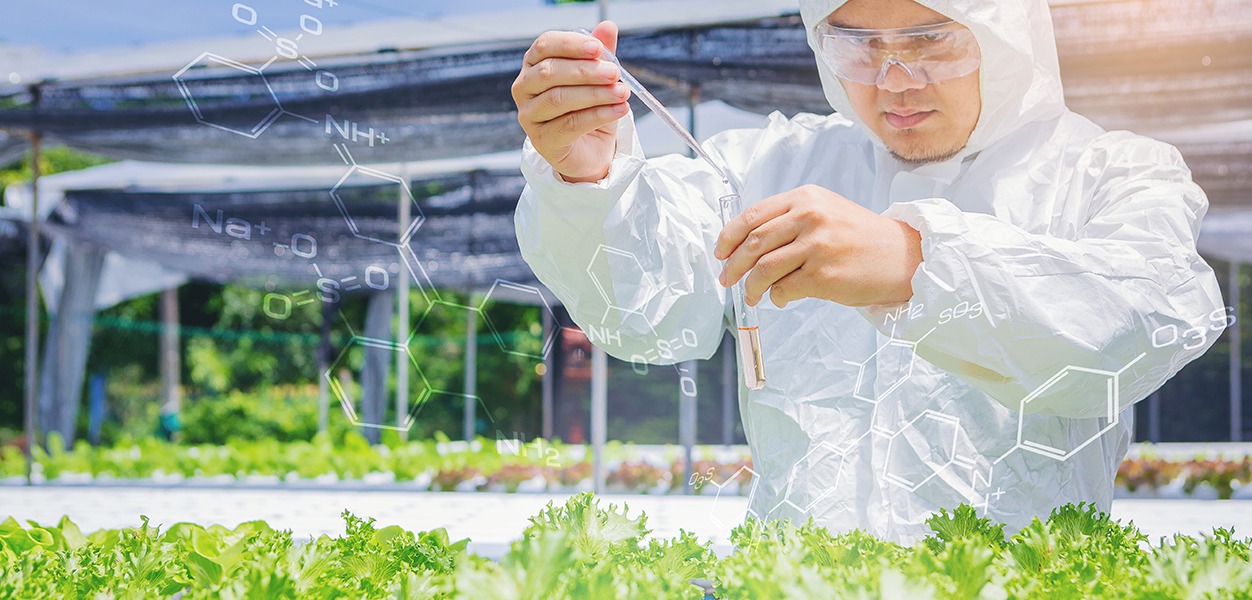From the Lab to the FarmLearn about three innovations that are changing the way we produce and consume our food.The world’s skyrocketing population, coupled with climatic disasters such as heat waves and droughts, pose significant challenges to our ever-diminishing food supply. The United Nations has predicted a 40% global water deficit by 2030 if we continue our ‘business-as-usual’ way of life.
As agriculture accounts for about 70% of freshwater withdrawals globally, water shortage can lead to food scarcity and widespread hunger. Thankfully, exciting developments in biotechnology and food production show that there are still ways to conserve and protect our environment and natural resources.
In this article, we highlight three emerging technologies that can potentially help the food industry meet high consumer demand without giving up on taste or breaking the bank. Changing the way we produce our food—by moving from the farm to the lab—may also help us save our planet, and in doing so, save ourselves.
 A Natural Option for Synthetic Food Production
A Natural Option for Synthetic Food Production
Technologically-modified food is gaining more traction today, but significant public resistance against it continues to be a roadblock, preventing its widespread acceptance. Consumers remain wary of synthetic or genetically-modified food, deeming them less safe or simply not as tasty as food produced naturally.
A technology provider aims to solve this problem by employing synthetic biology solutions inspired by nature. Their proprietary technologies in metabolic engineering and bioconversion enable them to use naturally-occurring processes to produce food ingredients.
In brief, they scan databases for enzymes which they use to produce ingredient molecules at the scale and speed needed to meet high demand, all while remaining cost-effective and sustainable.
Using natural processes to manufacture molecules also enables the company to apply ‘no artificial ingredients’ labels to their products and overcome the marketing challenges of having genetically modified organism (GMO) labels instead.
The technology provider has extensive experience in this food sector, having already produced and commercialised more than 40 products. Their unique bioconversion process has been used to transform stevia leaf extracts into non-caloric sweeteners of various taste profiles that are currently on the market.
Their innovation can be applied to a wide range of industries, including the identification of new flavours and fragrance solutions for the food, cosmetics and pharmaceutical industries, as well as to the production of therapeutic proteins for the healthcare industry.
 Winemaking for the Tropics
Winemaking for the Tropics
Wine is traditionally derived from grapes, which thrive in temperate climates. Since the time of the ancient Greeks and Romans, winemaking has flourished in areas around the Mediterranean basin that boost these ideal conditions.
In tropical countries, the production of grape wine would have been incredibly costly, as is turning a wide variety of locally-cultivated fruits into an alcoholic beverage. For example, dragon fruit (also known as pitaya or pitahaya in Mexican) is widely cultivated in many Southeast Asian countries, but processing it into clear juice on an industrial scale poses difficulties due to the presence of thick and gluey mucilaginous polysaccharide substances in the fruit’s flesh.
A new technological invention provides a method to address this problem. By using non-Saccharomyces yeasts, they are turning red dragon fruit into alcoholic beverages such as wine or sparkling cider.
The beverage produced has relatively low alcohol content, an appealing red-purple colour, and a pleasant fruity taste and aroma. It also has a high concentration of natural antioxidants, thanks to the red dragon fruit’s pigment, called betalain.
This technology can be adopted by wineries, breweries or beverage manufacturers, especially those located in regions where dragon fruit is readily available all year round. It can also be used to produce alcoholic beverages from white dragon fruit and other tropical fruits.
Not only is this a cost-effective and convenient method for producing wine in tropical regions, it also reduces fruit wastage and produces a mild and sweet alternative to grape wine.
 Ultra-low-cost Meat Grown in the Lab
Ultra-low-cost Meat Grown in the Lab
As developing countries shift to meat-based diets, more forests are converted into grazing land for cattle, which could cause biodiversity and environmental imbalance in the long term. Industrial agriculture has also been criticised for its cruel treatment and slaughter of animals.
Cell-cultured meat, or meat grown from cells extracted humanely from living animals, provides a solution to this global crisis, but remains an expensive technology due to the constant need for foetal bovine serum and various growth factors.
A new cell-culture system introduces an ultra-low-cost alternative that may transform the entire food supply chain. It mimics an animal body and thus can also produce anything made by living organisms, such as cells, tissues, hormones and meat.
This system can culture any type of cells from any animal species, from mammals to fish. It can also be applied to the low-cost and humane production of premium food items, such as foie gras and tenderloin.
Beyond its capabilities in the food industry, this system also has applications in cosmetics and pharmaceutical products, as well as in biological and agricultural products that may be required for medical research and drug testing.

